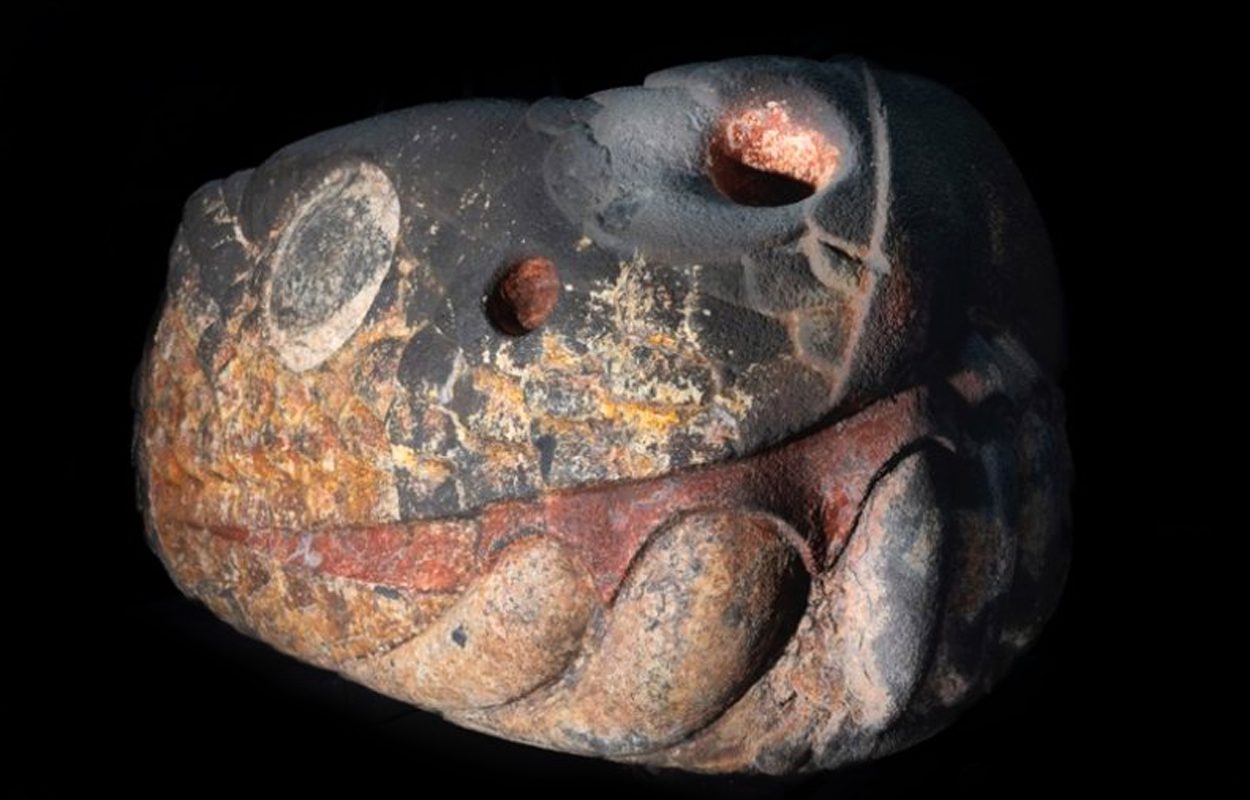Archaeologists from the National Institute of Anthropology and History (INAH) have uncovered a painted Aztec snake carving in the Mexica capital of Tenochtitlan.
Tenochtitlan was situated on a raised islet in the western side of Lake Texcoco, which is now the historic part of present-day Mexico City.
The altepetl (city) was founded by the Mexica, a Nahuatl-speaking indigenous people of the Valley of Mexico, who entered the Basin of Mexico after the decline of the Toltec civilisation. The Mexica transformed the islet using the chinampa system, creating rectangular areas of fertile arable land to grow crops on the shallow lake beds.
The settlement experienced rapid growth, evolving into a formidable city-state and becoming an integral part of the Triple Alliance alongside Texcoco and Tlacopan.
Upon the arrival of the Spanish conquistadors in the year 1519, Tenochtitlan had reached its zenith, boasting an estimated population ranging from 200,000 to 400,000 residents.
The inhabitants were swiftly exposed to diseases for which they had no natural immunity. This devastating outbreak led to a significant population decline, with estimates indicating that over 50% of the region’s people fell victim to smallpox.
Recent excavations at the former School of Jurisprudence of the UNAM, located in the Historic Centre of Mexico City, have uncovered an Aztec snake carving at a depth of 4.5 metres beneath current street level. The carving measures 1.8 metres long by 1 metre tall, which according to the researchers was found outside its original context along with numerous architectural elements.
Due to the conditions in the soil, the stucco and polychromy traces of ochre, red, blue, black and white pigments have survived which cover over 80% of the carving. The researchers have used a humidity chamber to stabilize the pigments, which will undergo further sophisticated methods of preservation into 2024.
Barajas Rocha, who led the colour conservation work on the monolith of the goddess Tlaltecuhtli, explained that the process is crucial for the preservation of the polychromy, since, “these pigments , which represent a typical example of the colour palette that the Mexica used to decorate their cult images and their temples, are extremely fragile due to the mineral and plant materials from which they were obtained.”
Header Image Credit : LANCIC. UNAM





